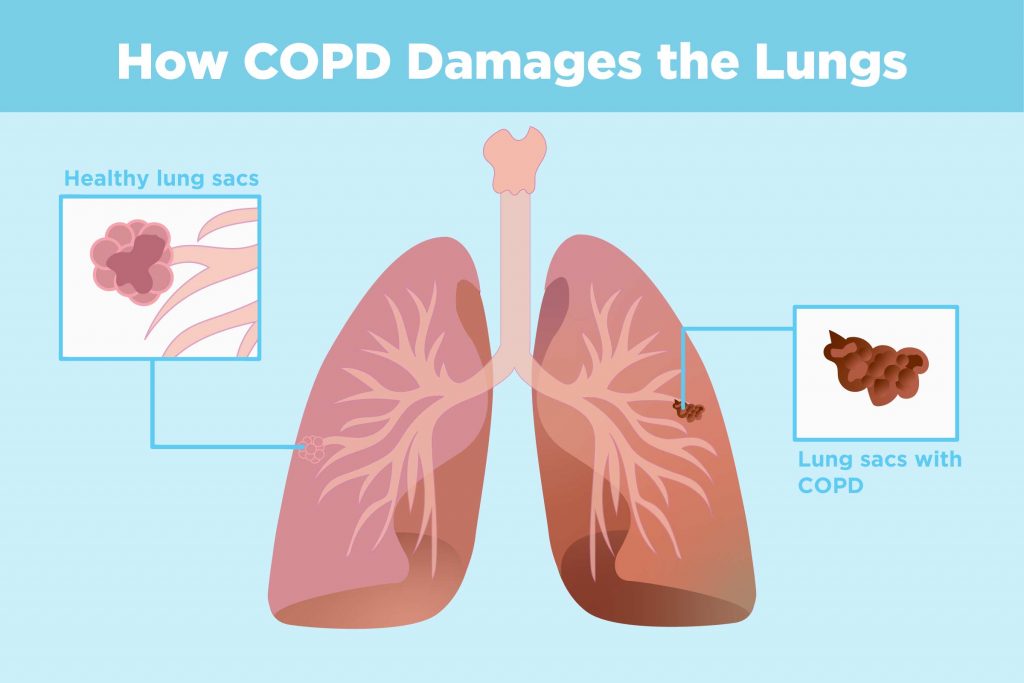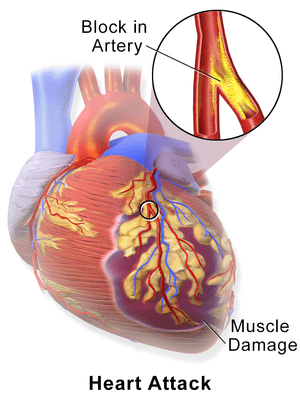“Smoking Kills” or “Smoking is injurious to health”, is a phrase that everyone from children to the elderly is well versed with. But even though the cigarette packets come with the warning and harmful effects of smoking, it continues to be one of the most widely consumed products. And it’s not just the lungs that get affected, as shown in movie theatres along with the flashing phrases.
How is it the single most important preventable risk to human health?
We know that tobacco is hazardous for us because it has nicotine. But it doesn’t end there. Tobacco smoke consists of as much as 5000 chemical components, and a whopping 98 of them are known to have toxicological properties. Out of these, many are even carcinogenic, for example, formaldehyde, acetaldehyde, isoprene, acrolein, and ethylene oxide. This deadly chemical has caused about 100 million deaths in the 20th century, according to records. One person dies every six seconds due to a tobacco related disease!!
What does tobacco do to your body?

•Tobacco smoke firstly damages the alveolar walls and hence causes lung diseases.
• Various carcinogenic components of tobacco smoke work by causing DNA damage of cells, especially the squamous layer of alveoli and buccal mucosa hence leading to lung and oral cancer.
• One of the chemicals i.e nicotine binds to specific receptors of the central nervous system and muscle junctions, thus causing increased activity leading to high heart rates, blood pressure and alertness.
• Many dopamine releasing neurons are present at such receptor sites, which acts on tr brain.
Why makes tobacco addictive?
Nicotine is the addictive chemical in tobacco, which makes it so addictive. The property of nicotine is that is causing a feeling of euphoria and makes the smoker feel pleasant, due to dopamine release in the brain. Certain amounts of adrenaline release help this too. This action is very quick and it hits the body again with every puff taken. The effect hence starts reinforcing and the person gets as the dose increases.
Where does it affect you?
Crohn’s Disease

This is a type of bowel disorder, of immune-related origin. Even though the cause of this disease is not known, tobacco is the primary risk factor and smokers are twice as likely to develop this disease. Common symptoms of this disease is bloody diarrhea, abdominal pain, fever and weightloss.
Bladder Cancer

Yes, you heard it right. Tobacco is not just carcinogenic for the lungs, it is the number one cause of bladder cancer. More than half of the cases of bladder cancer are caused due to smoking.
Chronic Obstructive Pulmonary Disease (COPD):

This lung disease causes breathing problems and poor airflow. It affects about 2.4% of the global population and tobacco smoking stands to be it’s major cause. Emphysema and Chronic Bronchitis are terms used for types of COPD.
Lung Cancer and Oral Cancer

90% of males and 70% of females diagnosed with lung cancer have smoking to blame. Infact, passive smoking- inhaling the smoke from another person smoking, also causes cancer. Tobacco is also a major risk factor for oal cancer- in the lips, tongue or upper throat. Infact, drinking along with smoking increases the risk for oral cancer by almost 15 times.
Heart Attack

Myocardial Infarction or Heart Attack is a common cause of fatality, caused as a result of coronary artery disease. And, an alarming 36% of the cases of coronary artery disease are due to tobacco smoking. It stands without doubt, that smoking (including passive smoking) is a major risk factor of heart attacks.
what can be done ?
Tobacco replacement therapy:

Over-the-counter nicotene patches, gum or lozenges; nasal tobacco dosages and prescription medicines are safe to use and very effective.
Avoid the trigger factor:

Many addicts have a particular activity that triggers and urges them to smoke or chew tobacco. Identify that trigger and completely avoid or distract yourself when you come across it.
Delay the urge:
Anytime when you crave for tobacco, delay it as much as possible before giving in.
Exercise:

Physical activity could serve as a strong distraction from tobacco cravings or even make them vanish.
Meditate:

Tobacco is addictive for it’s calming property. Rest your body, revitalize by meditation, yoga and massage
Lastly, help anyone you know is an addict to quit smoking as passive smoking could be dangerous for you too. As it is said, it’s never too late!







